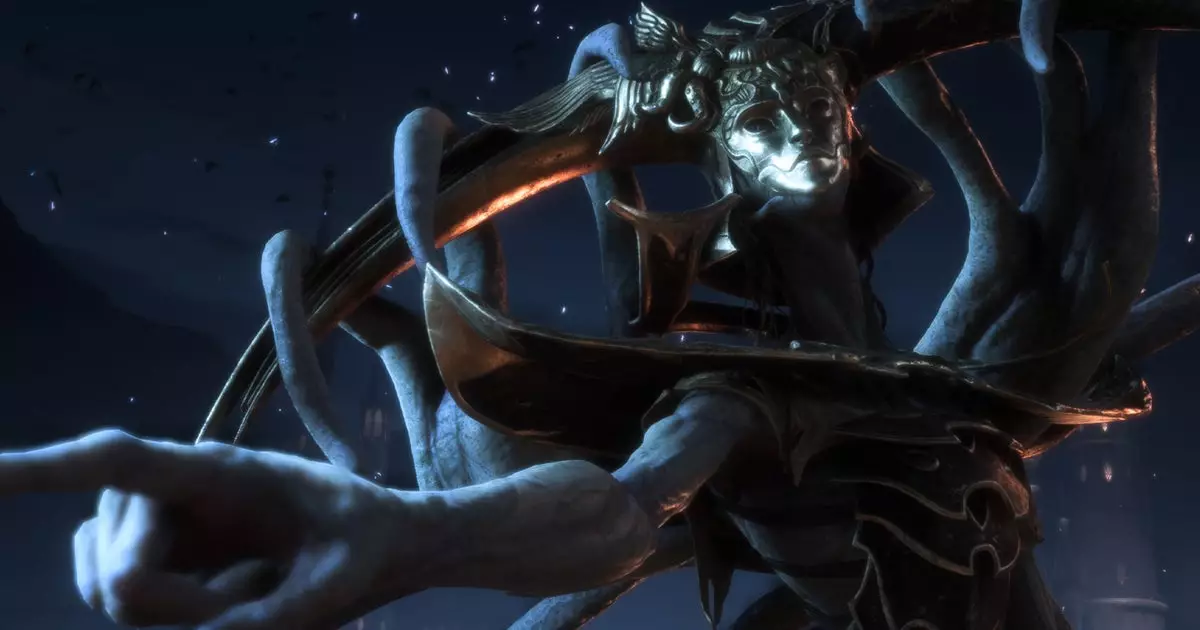Following nearly a decade of anticipation, the gaming community is buzzing with excitement over the release of *Dragon Age: Veilguard*. Building on the legacy of its predecessor, *Inquisition*, it promises players a fresh narrative and engaging gameplay. Alongside this, long-time fans of the series have taken to online platforms, reminiscing about past experiences while embracing the new challenges that *Veilguard* presents. Discussions are thriving in forums such as Le Epic Musk Zone, which showcases a vibrant community of gamers eager to share their memories and experiences with BioWare titles.
Among the many discussions surrounding the game, Violet McVinnie, a former BioWare cinematographer, has contributed valuable insights regarding the studio’s distinctive animation style. Known affectionately in the community as part of the lineage that created the now-iconic “Bioware Turn,” McVinnie elucidates the creative process behind these animations. Through the use of techniques like “Posebreakers,” characters are animated to create dynamic interactions, preventing scenes from feeling static. McVinnie’s comments highlight not just a technical aspect of game design, but reflect a deeper commitment to storytelling that characterizes BioWare’s RPGs.
Players have also begun to share their favorites among the plethora of signature animations that have marked BioWare’s storytelling. From the infamous eye rolls to the dramatic “walk away while looking back” gesture, these animations serve to bring characters to life, making interactions more relatable and memorable.
The conversation about animations has also prompted players to question some of the repetitive behaviors found across various titles. McVinnie’s responses touch on how certain animations, like the awkward object-handling gestures in *Mass Effect*, can often propagate through different franchises—a testament to BioWare’s asset reuse strategy. Such insight reveals the intricacies involved in game design where the history of animation not only connects different titles but also enhances the player’s experience.
In assessing *Dragon Age: Veilguard,* it’s important to note varying perspectives regarding its RPG elements. While some critics, including myself, may feel the game falls short in certain areas, the enthusiasm and heart evident in its narrative structure and character development cannot be overlooked. Players are drawn in not only by the mechanics of the game but by the emotional connections formed with its characters. The conversation is particularly rich, with players reflecting on their favorite companions and story arcs from previous installments, hinting at the nostalgia that continues to resonate within the community.
As *Dragon Age: Veilguard* makes its debut, it represents both a continuation of beloved traditions and an opportunity to embrace new experiences in storytelling. For fans who appreciate BioWare’s rich legacy, each game launch is a celebration—a moment to reflect on past adventures while embarking on new quests. This blend of nostalgia and innovation remains at the core of what makes the *Dragon Age* series a cherished part of the RPG landscape. Happy gaming to all who are diving into this new installment—may it bring you as much joy as the previous games have!

